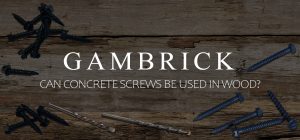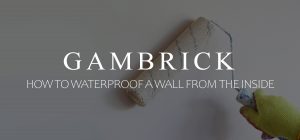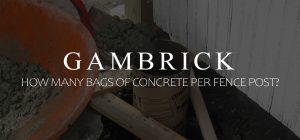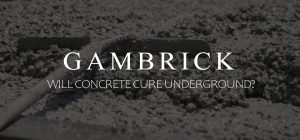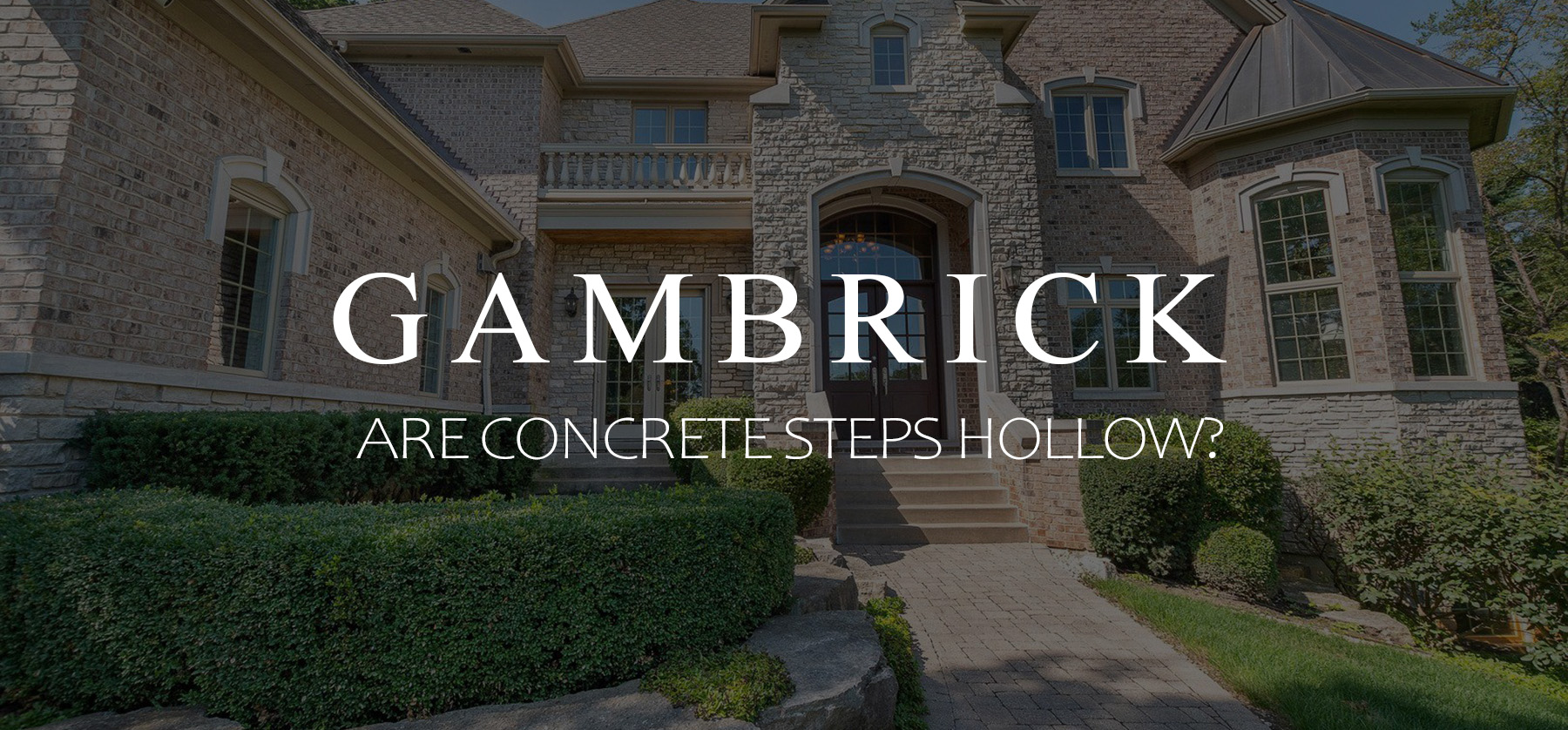
Are Concrete Steps Hollow?
Concrete steps are extremely strong, durable, and weather resistant. Once built, the steps can be finished with brick and stone or left bare concrete. There are a few different ways to build concrete steps, precast, poured in place or cinder block. Precast concrete steps are built at a factory and merely installed on site. These are also called prefabricated steps. Poured-on-site concrete steps are first formed out of wood and then built out of solid concrete. The last option is cinder block. Steps can be built out of block and then filled solid with concrete and rebar. The porch top and the top of each step can be more concrete, pavers, brick, or stone. Concrete steps can be finished with a thin cement coat, brick, stone, or left bare. With all three options concrete steps are generally hollow inside.
I’ve been a mason for over 25 years and can tell you firsthand that concrete steps should always be built atop a solid concrete footing. When using precast steps or block, the footing is built first, then the steps are placed or built on top.
With poured on site concrete, the steps and concrete can be poured at the same time, this is called a monolithic pour.
With all three options, the concrete steps will be hollow, but still extremely strong and able to withstand the impact of a pickaxe, sledge hammer, or almost anything nature can throw at them.
When building out of concrete or block, it’s important to understand how much concrete you need and how many blocks come on a pallet so you can order materials accurately. A benefit of using precast steps is that they’re already built, so you don’t have to worry about materials.
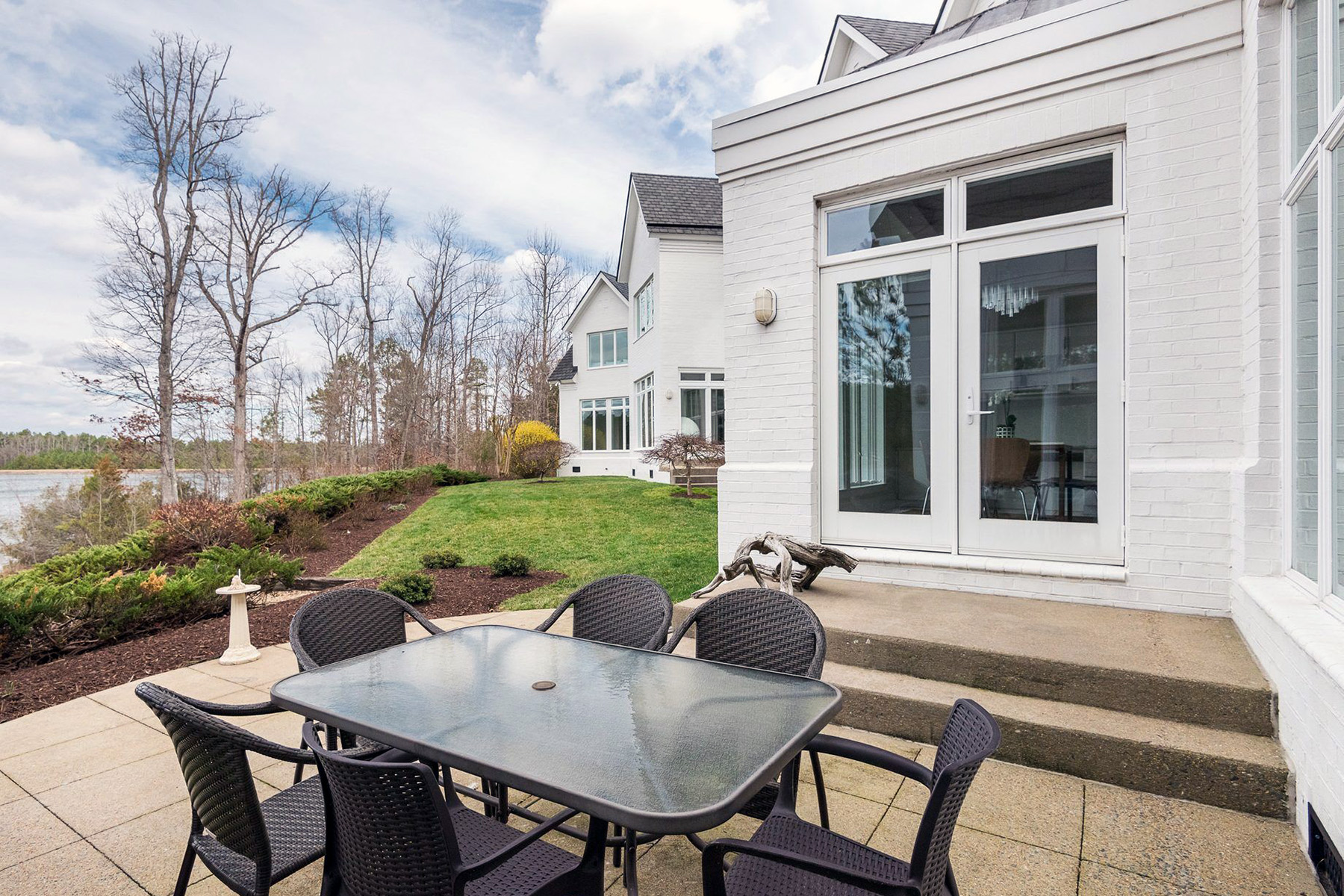
Poured-In-Place Concrete Stairs
Poured-in-place is the most expensive way to build concrete steps. They require building strong forms on site and then filling them with rebar and solid concrete.
Poured-in-place concrete steps are the most expensive options because of how much labor is involved. First the footings are poured. Then forms are built on top of the footings out of wood. Rebar is cut and tied together to form a cage that strengthens the stairs. Earth is shoveled and compacted in place as needed. Finally concrete is poured.
In some cases, the steps and footings can be poured together, this is called a monolithic pour.
Earth is an important part of poured-in-place concrete steps. Concrete is poured inside forms and atop compacted dirt. If the dirt isn’t properly compacted the stairs could eventually crack or settle.
If your steps develop a crack, repair them immediately with a DIY concrete crack filler. This will seal the crack and prevent it from getting worse.
Like all concrete steps, poured-in-place concrete steps are hollow inside. When you look inside a set of poured-in-place concrete steps what you’ll find is compacted dirt and not solid concrete.
Once the concrete hardens, forms are removed. Masons then smooth and trowel finish the surface paying special attention around the edges of each step.
Unless the steps are very small, a concrete truck is usually used. Large stairs can easily use several yards of concrete to build the steps and footings. For a set of small steps bagged concrete like Quikrete can be a better option.
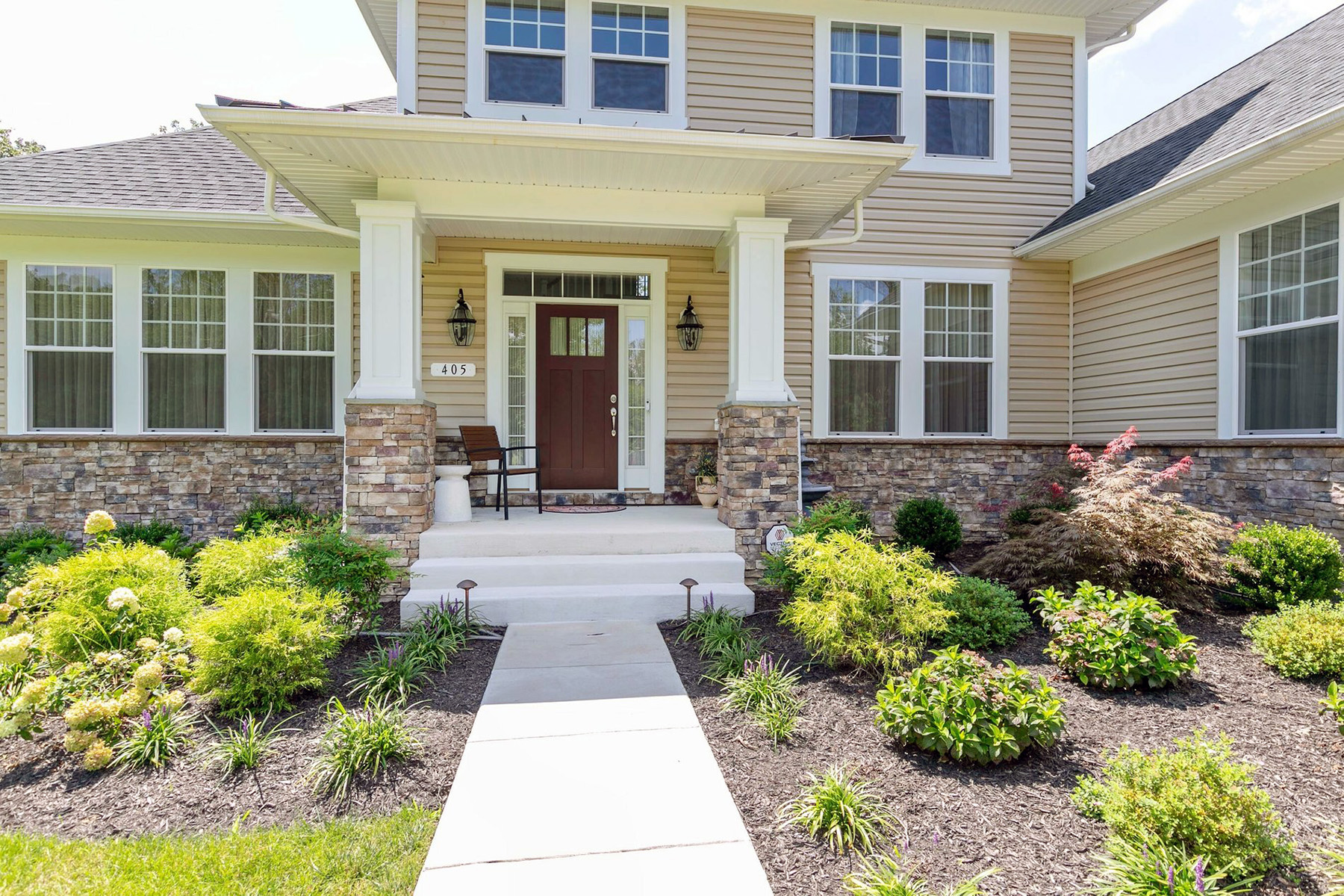
Precast Concrete Stairs
Precast concrete stairs are built in a factory and delivered to the site. A machine is used to lift them off the delivery truck and place them down onto the footings. Like poured-on-site and cinder bock stairs, precast concrete stairs are hollow inside.
Because the stairs are precast and not poured-in-place, compacted dirt isn’t an issue. Inside a set of precast concrete steps is just air.
Precast concrete steps are hollow inside. Since they’re made in a factory as a uni-body one piece set of steps, they’re hollow inside and don’t even require compacted earth the install.
A footing is still required for precast stairs to rest on, but the stairs are simply placed on top. In many cases they’re bolted or cemented down. But it’s a lot less work. There’s no need to remove forms, pour concrete or trowel finish the surface. And you don;t have to deal with rebar. All that’s been done for you at the factory.
Another word for precast is prefabricated. The building of the stairs is entirely done at the factory.
Precast stairs are the cheapest option because most of the work is done at the factory. All you do on site is place them atop the footings. In many cases, the company that builds the stairs will also place them onto the footings. However, you usually have to build the footings yourself.
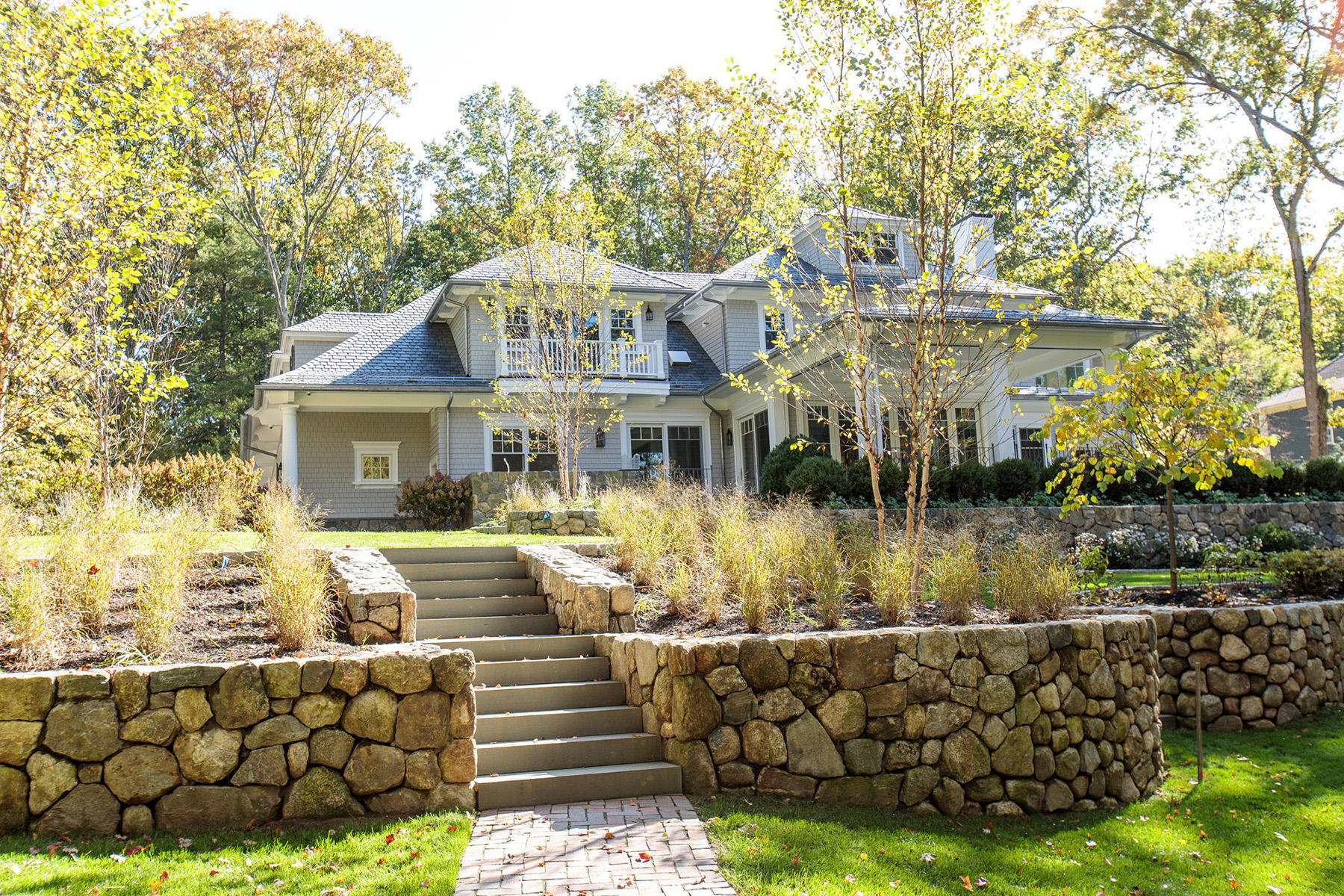
Cinder Block Concrete Stairs
The last way to build concrete steps is with cinder block. Just like the other methods, solid concrete footings are required.
Cinder blocks are stacked atop the footings and held together with cement or mortar. Rebar is placed inside the block’s hollow cells both vertically and horizontally. This adds a tremendous amount of strength to the stairs.
Cinder blocks are used to build the walls of the stairs. This includes the sides and front areas. But the top of the stairs and porch are built by pouring solid concrete. Usually 4-6 inches of concrete are what’s used.
Like poured-in-place concrete steps, compacted dirt is very important. The steps and porch top are poured concrete so you need to properly compact the dirt. If there are voids it could eventually lead to cracks.
Once the porch top and stairs are poured, the blocks are usually finished with a thin cement coat often called a parge coat. This give the cinder blocks a better appearance. However it’s not necessary. You can leave the block exposed if you prefer the look.
Just like poured-in-place and precast concrete steps, stairs built out of cinder block are hollow inside.
How Thick Is A Concrete Step?
Concrete steps vary in thickness. In most locals, a stair tread must be a minimum of 8 inches deep with a riser a maximum of 8 inches in height. How much of that thickness is solid concrete depends on how you build the steps.
- Precast: Most precast concrete stairs have some hollow areas around the steps. The sides and front of the stairs are usually 6-8 inches thick with a 4-6 inch top. That leaves a few inches of hollow space inside each step.
- Poured-In-Place: Poured-in-place concrete steps follow the same basic requirements of precast. The sides and front of each step is usually 6-8 inches thick with a 4-6 inch top. This leaves a small amount of hollow space inside the step. However, unlike precast, this hollow area is filled with compacted dirt inside of air.
- Cinder Block: Cinder block stairs are built a little different. Individual blocks are stacked next to one another to form the steps. They’re secured together using cement or mortar. Because you can buy cinder blocks of varying heights and thicknesses, steps can be built out of large block without any hollow space. However, steps can also be built out of smaller blocks with does leave some hollow space. If the small blocks are used, the space is filled with compacted dirt and not air.
How Do You Tear Down Concrete Steps?
Concrete is a very strong and durable material so they’re not easy to demolish. You need to be strategic in how you go about tearing them down. Luckily, almost all concrete stairs are hollow so once they start to crack it’s easier to pull them apart.
The best way to demo concrete steps is with a jack-hammer. A sledgehammer works too but it’s a lot more work.
Inspect the steps and look for cracks. If there are existing cracks it’ll be easier to demo the steps because some of the work is already done for you.
Place the tip of the jack-hammer into the crack and start hammering. As you hammer down, pull the jack-hammer back and forth. This will help pull chunks of concrete away from the main structure.
Jack-hammers have multiple tips designed to break concrete. Use the pointed tip first to open up cracks. Then switch to the flat tip to hammer deeper and pry open the crack.
As the steps start to break up, use a long breaking bar to pull chunks apart.
Use a grinding wheel to cut through rebar or wire mesh inside the steps.
For large flat areas like the porch top, crack it with a heavy sledge hammer. A few hard whacks is usually enough to break a 4 inch thick slab.
Use the sledge hammer and jack-hammer together to break the side walls of the stairs and risers. Try to break the concrete up into small enough pieces that you can carry to a dumpster.
Another option is to rent a small excavator with a jack-hammer attachment. The demolition method is the same but the machine makes work a lot easier.
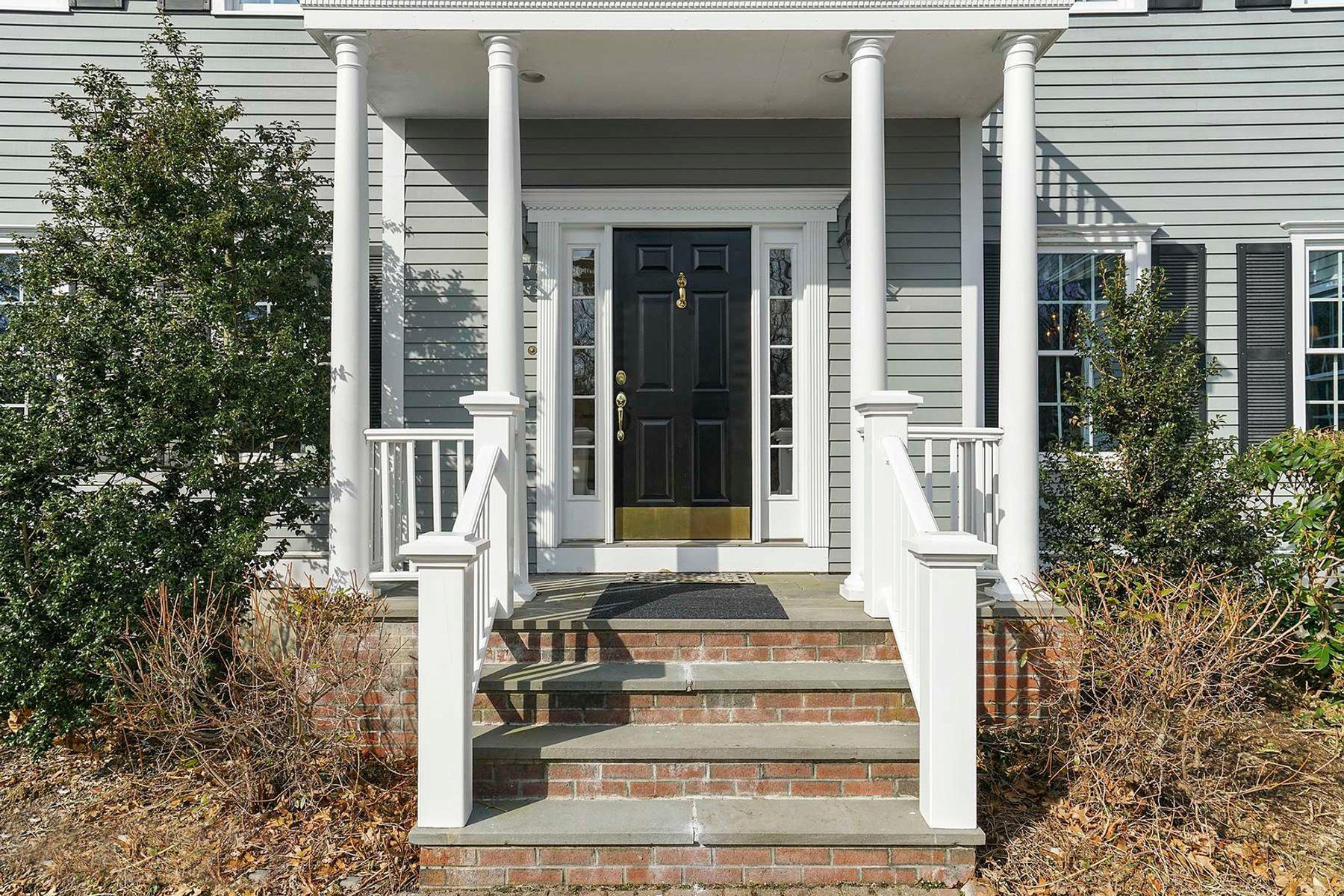
Finishing Concrete Stairs
Precast, poured-in-place and cinder block concrete stairs can all be finished after they’re built.
The most popular way to finish concrete steps is with brick or stone. Both materials can be applied directly to concrete steps with cement or mortar. Place some type S cement on the back of the stone or brick veneer and stick it to the concrete. This method is great for the sides and front of the steps.
Brick and stone can also be used to finish the porch top. Outdoor tile is another great option. I recommend using mortar rather than cement for floor sections. Mortar has more compressive strength and wont crack when walked on.
Limestone is a good material to finish the step treads and around the porch top. Use mortar to anchor it to the concrete.
Cultured stone is another great material for finishing a set of concrete steps. Cultured stone is a type of man-made stone that’s designed to look real. It’s installed with either cement or mortar just like real stone or brick.
When the veneer work is done, grout the joints with cement or mortar.
Finishing cinder block steps is a little different. You can use brick or stone on cinder blocks or you could apply a parge coat. A parge coat is a thin layer of cement that’s applied to the cinder blocks. It makes them smooth with an appearance like solid concrete.
Another way to finish concrete steps is with masonry paint. Make sure you use a paint that’s designed for concrete or it will peel. Concrete absorbs water and needs to breath. Paint that doesn’t allow water to permeate through will eventually bubble and peel off.
Check out the pic above. These concrete stairs have been finished with red brick, limestone and stone tile.
Summary: Are Concrete Steps Hollow?
Concrete steps are extremely strong, durable, and weather resistant. Once built, the steps can be finished with brick and stone or left bare concrete. There are a few different ways to build concrete steps, precast, poured in place or cinder block. Precast concrete steps are built at a factory and merely installed on site. These are also called prefabricated steps. Poured-on-site concrete steps are first formed out of wood and then built out of solid concrete. The last option is cinder block. Steps can be built out of block and then filled solid with concrete and rebar. The porch top and the top of each step can be more concrete, pavers, brick, or stone. Concrete steps can be finished with a thin cement coat, brick, stone, or left bare. With all three options concrete steps are generally hollow inside.
I’ve been a mason for over 25 years and can tell you firsthand that concrete steps should always be built atop a solid concrete footing. When using precast steps or block, the footing is built first, then the steps are placed or built on top.
With poured on site concrete, the steps and concrete can be poured at the same time, this is called a monolithic pour.
With all three options, the concrete steps will be hollow, but still extremely strong and able to withstand the impact of a pickaxe, sledge hammer, or almost anything nature can throw at them.
If you have any questions about concrete steps, email or leave a comment below.

John Mazzuca | About | More Posts |
Custom Home Builder
John Mazzuca is a custom home designer and builder at Gambrick with over 25 years experience in the construction industry. John has designed, built and/or remodeled hundreds of homes, small buildings, and commercial projects. He writes about business, real estate, home building, and household electronics. His work has been featured in Fox Business, Better Homes & Garden, House Beautiful, and more.



